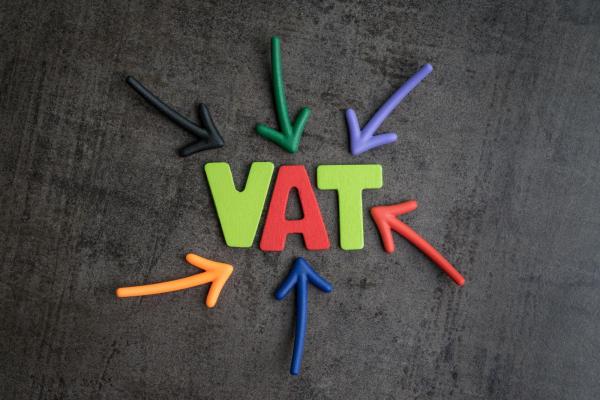
VAT registration service - HMRC FAQs
Further to our recent updates on the new VAT Registration Service (VRS), HMRC have now sent the following Q&A to stakeholders. If you have any further comments on the VRS please send these to [email protected].
Dear customer,
The way businesses register for VAT changed on 1 August 2022 with a new VAT Registration Service (VRS).
One of the key features of the new VRS is that every business will be automatically signed up to Making Tax Digital (MTD) VAT as part of registration. This removes the need for businesses to take that extra step.
To help you support your clients and use the new VRS, we’ve answered some of the most common questions that have been asked, including:
1. How can I access the VRS?
2. What information do I need from my clients to register their business using the VRS?
3. How do I register an overseas partnership?
4. Will I be notified of the status of my client’s application?
5. How do I become an authorised agent for my client?
6. How do businesses get an Economic Operators Registration and Identification (EORI) number as part of the registration process?
7. Does VRS impact the transfer of a business as a going concern (TOGC) and change of legal entity (COLE) process?
8. How do I apply for an exemption from MTD for clients who are signed up through VRS?
1. How can I access the VRS?
The quickest and easiest way to access the VRS on behalf of your clients is to follow the steps to register for VAT online on GOV.UK and use your Agent Services Account (ASA) credentials when signing in. You will be asked to provide your name, phone number and email address. We will soon be adding a link within the ASA to make accessing the VRS even easier.
It is still possible to access the service if you sign in using your old HMRC Online Services account credentials, but you may be asked for more information to verify your identity.
You can check for any service issues or planned downtime for the VRS on GOV.UK.
2. What information do I need from my clients to register their business using the VRS?
To complete a VAT registration, you’ll need your client’s:
- name
- date of birth
- National Insurance number
- ID, such as their passport or driving licence
- details of turnover and nature of business
- bank account details (or a reason if no bank account details are provided)
- Unique Tax Reference (UTR) number
If you’re registering a limited company client, they must have a have a Company Registration Number and a Corporation Tax Unique Taxpayer Reference (UTR) to complete the VAT registration process. Individuals and Partnerships do not need to have a Self Assessment UTR to register for VAT, but if they do have one, they must supply it.
We recommend you have this information to hand when starting an application. If you are waiting for information from your client, you can save and edit the application for 7 days by clicking ‘Save and Exit’. This will soon be increased to 28 days.
3. How do I register an overseas partnership?
An overseas partnership must be registered by post using the VAT1 form. You can find more information about how to register by post on GOV.UK.
4. Will I be notified of the status of my client’s application?
We recognise there has been a delay in issuing letters to agents which we’ve now resolved. Letters about applications, including your clients VAT Registration Number (VRN) where appropriate, will be issued to your address as well as the customer’s principal place of business if provided in the application.
5. How do I become an authorised agent for my client?
You can be authorised as an agent for your client once their VRN has been issued. You’ll need to sign in to the ASA and follow the instructions for authorisation.
6. How do businesses get an Economic Operators Registration and Identification (EORI) number as part of the registration process?
You will be given the option to register for an EORI number as part of the VRS application. This information is then sent automatically to the EORI team who will set up an EORI number and contact your client directly. The EORI number will be supplied separately to the VRN.
7. Does VRS impact the transfer of a business as a going concern (TOGC) and change of legal entity (COLE) process?
An agent can request to deregister their client’s VAT business, with the reasons of TOGC or COLE, using a VAT7 form. More information on deregistering for VAT can be found on GOV.UK. The transferee business can then select TOGC or COLE as a registration reason during the VRS journey.
The deregistration and registration will be looked at together and actioned by us once they have both been received.
8. How do I apply for an exemption from MTD for clients who are signed up through VRS?
All new VAT registrations will be automatically signed up to MTD and businesses will need to follow the exemption process once you have completed the VAT registration application. You can check if your client can apply for an exemption on GOV.UK.
HMRC will consider each application on a case-by-case basis and applications are being processed as quickly as possible. The VAT online account will remain available to businesses who are exempt from MTD.
Yours faithfully
HMRC















